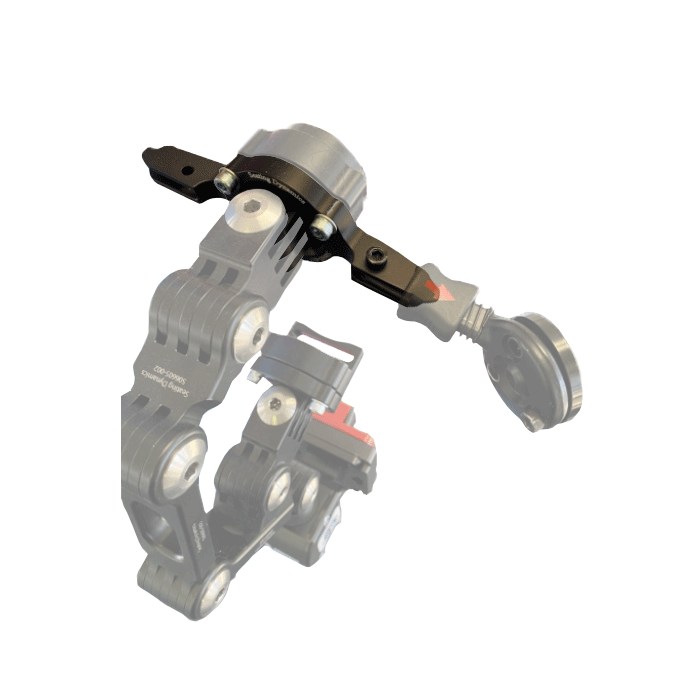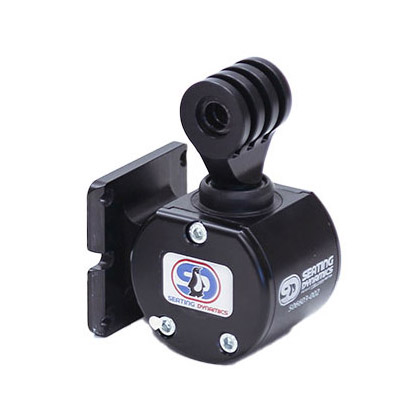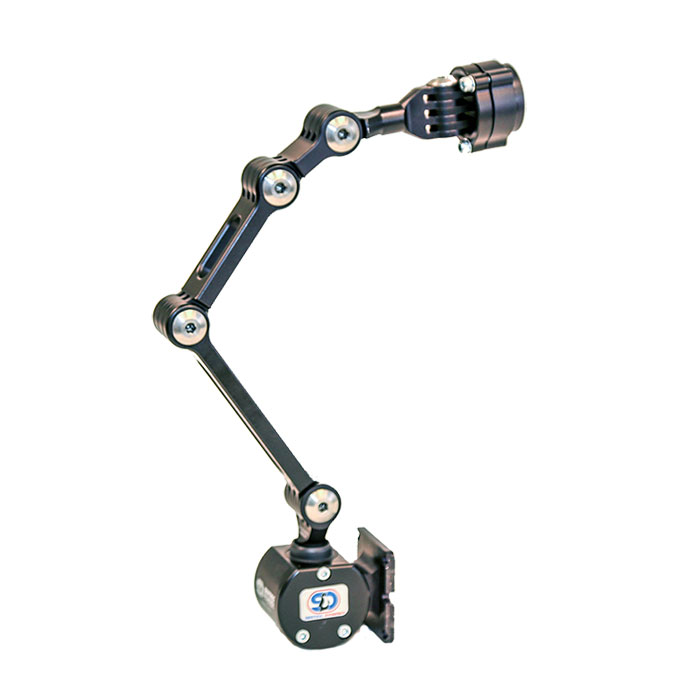My Client isn’t Moving as Much – What Happened?
Michelle L. Lange, OTR/L, ABDA, ATP/SMS
Dynamic Seating is designed to provide movement – often to diffuse client forces, prevent injury, prevent breakage, and to just let the client move. Many times, however, client movement may actually decrease after using Dynamic Seating for a while. Why?

Watch the video of how to determine if a Dynamic Rocker Back is appropriate.
Resistance leads to Increased Muscle Tone
First, we need to talk about muscle tone. For many people with increased or fluctuating muscle tone, contacting a static surface (i.e. a static wheelchair seating system) leads to an increase in active muscle tone. What does that look like? Imagine yourself sitting behind a client seated on the edge of a mat table. The client extends – you push back – you lose. Resisting client force leads to an increase in active tone, in this case extension. Now imagine yourself sitting behind the client again. The client extends – you move with the client – tone is diffused – you assist the client back to upright. Watch this video to see this in action.
Dynamic Seating Reduces Active Muscle Tone
Just as extending against a non-yielding surface leads to an increase in active muscle tone, a yielding or moving surface (such as a dynamic back) diffuses force and decreases active muscle tone. Many of my colleagues and I have found that when Dynamic Seating is provided, client movement slowly reduces over time. The client has found that when they extend, the force is diffused. The client does not feel obligated to extend. But do not assume the dynamic component is no longer needed. If I latch (lock out) a Dynamic Back, for example, I don’t have to wait long to see an increase in active client extension. Many clients do not move as much over time but do move enough to know that the surface behind them will continue to yield.
How does Muscle Tone work?
Muscle tone is a tricky concept. We all have muscle tone – a certain amount of the muscle fibers in a muscle body are always contracted. This allows us to keep our jaw closed, for example. If we need to lift something heavy, more muscle fibers contract in the needed muscles for the duration of the task. For people with a brain lesion (such as people with cerebral palsy or a brain injury), muscle tone is increased, and a higher number of muscle fibers are contracted than required. Certain circumstances tend to increase muscle tone further, including excitement, anxiety, effort, and resistance. These increases may look voluntary, but for the most part are not. Some clients can intentionally ‘trigger’ their muscle tone in an effort to stay upright in their seating system or reach something.
You may notice that some of your clients using Dynamic Seating do not move as far or as often as they used to. The Dynamic Seating is still working – as a matter of fact, it has worked so well that the client is now showing a long-term benefit. Keep up the good work!
Do you work with clients who have demonstrated a decrease in active extension after using Dynamic Seating? Leave a comment below, I would love to hear from you.










